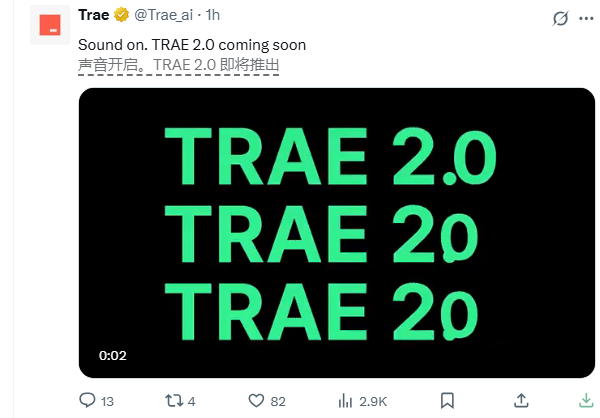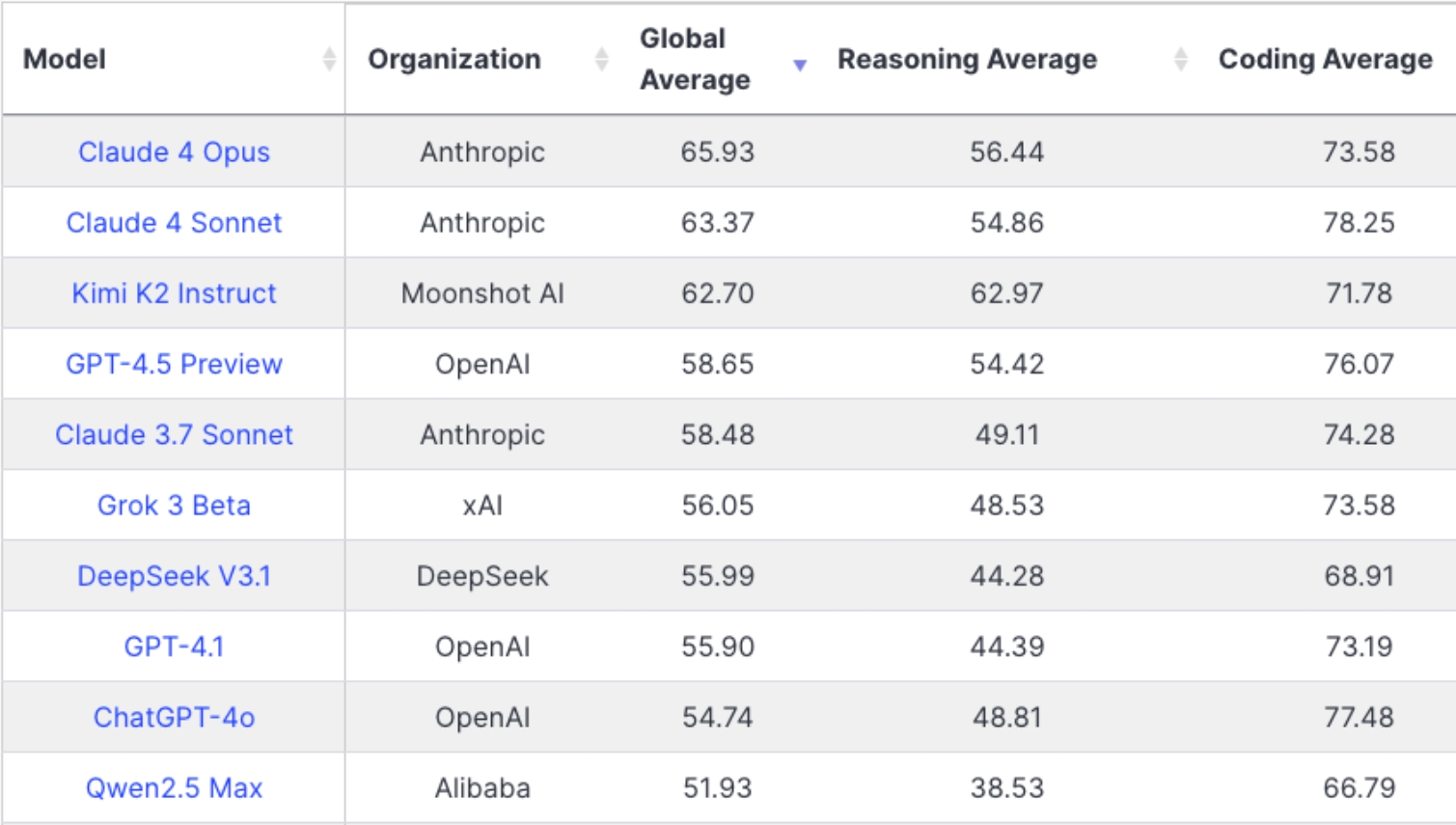Recently, at a highly anticipated investor conference, Andrew Wilson, CEO of Electronic Arts (EA), presented an exciting vision for the future of the gaming industry. Through a concept video titled "From Imagination to Creation," EA showcased how AI technology will revolutionize game creation and player experiences.
The video depicted an alluring scenario: two players, acting as "architects," could effortlessly create unique game worlds using simple voice commands with the help of AI. Whether building mazes or adding weapons to characters, everything seemed within reach. More excitingly, players could continuously expand and modify this virtual environment during gameplay, as if creating their own dreamland. EA stated that this revolutionary technology would be integrated into the company's proprietary intellectual property.
However, reactions to this vision among players have been mixed. Some are filled with anticipation and eager to experience it firsthand; others are skeptical, viewing it as a mere fantasy. They point out that EA has yet to demonstrate any actual technology version available for public experience, which raises doubts.
It is noteworthy that EA has already made substantial progress in applying AI technology to actual game development. In "FIFA23," EA used 12 AI-based animation loops; in the latest "EA Sports FC24," this number soared to 1200. These examples clearly show that the application of AI in game development is rapidly advancing.
Nevertheless, there is still a significant gap between concept and reality. While EA's vision of allowing players to create game content autonomously is appealing, its timeline for realization remains unclear. This uncertainty is one reason some players are skeptical.
From a broader perspective, EA's move reflects the gaming industry's high regard for AI technology. With continuous technological advancements, the integration of games and AI will offer players more personalized and interactive gaming experiences. The future gaming world may enable every player to become the creator of their unique story, rather than just a passive participant.
However, the application of this new technology also raises a series of thought-provoking questions. For instance, how to balance AI-generated content with human-designed elements? How to ensure that AI-generated content meets game quality and content standards? And how will this technology affect traditional game development processes and practitioners?









